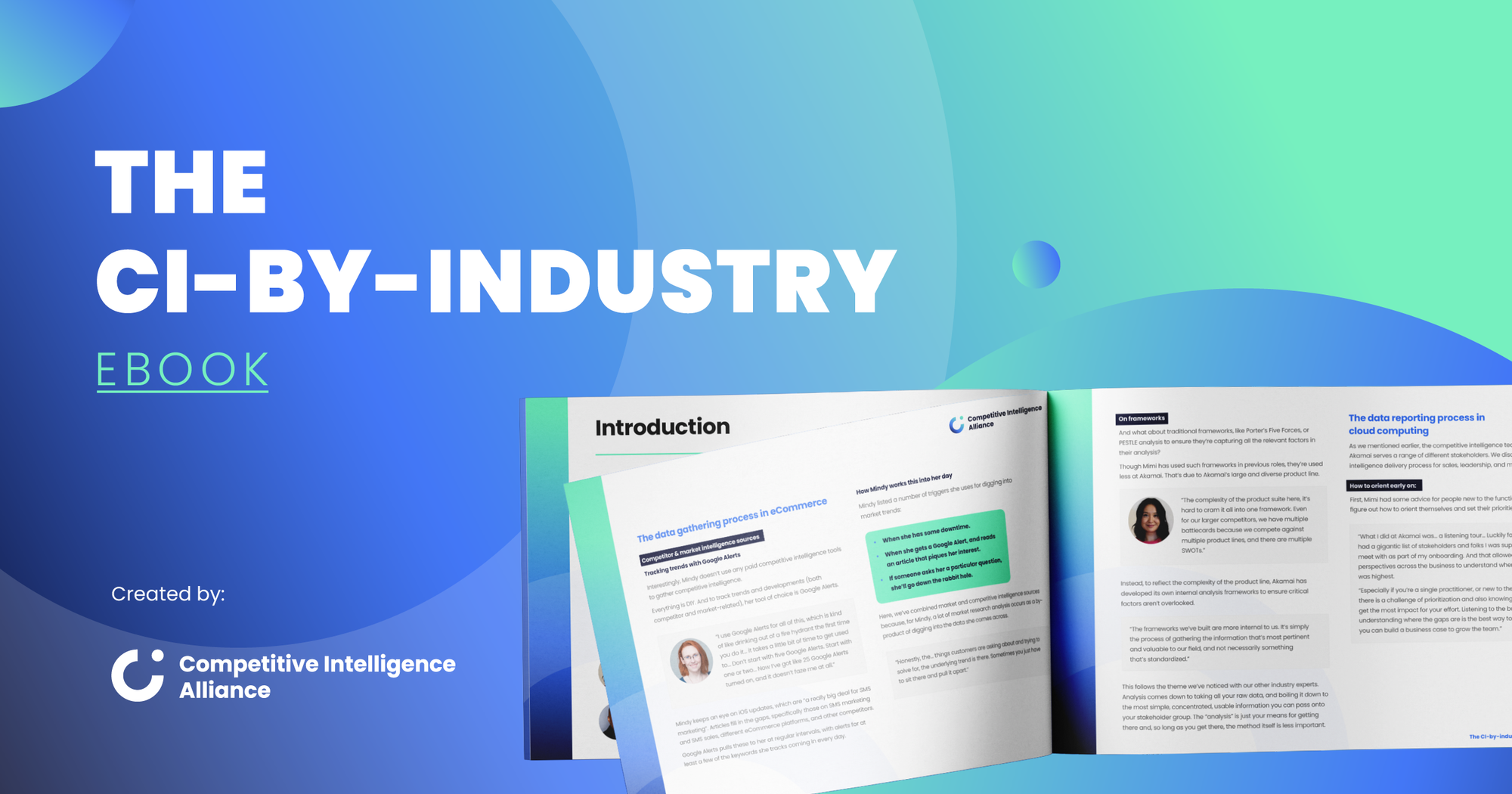Hey there, I’m Farhan Manjiyani. I’m the Senior Manager of Commercialization and Pricing at Grafana Labs, and today I’m here to share what it’s like to run a competitive intelligence program in the open-source space.
Grafana Labs is behind a lot of popular open-source projects, notably our namesake data visualization tool, Grafana, which was launched back in 2014. Since then, we’ve been expanding into commercial products too, both for visualization and for data storage. This allows us to offer alternatives to proprietary vendors.
In my role, I get asked a lot about what it’s like to have so many open-source competitors. And it’s true – our market has a ton of open-source tools that users love – but there’s still plenty of revenue and growth potential.
For instance, four years ago, Grafana Labs had fewer than 200 employees. Today, there are more than 1200. Similarly, many of the players in our space boast billion-dollar valuations and 30-40% annual growth.
So, while offering open-source solutions breeds challenges, it also unlocks amazing opportunities if you do it right.
The open-source competitive landscape
The observability and data visualization space has lots of big-name competitors, some that have been around for a while – the Datadogs, Splunks, and AppDynamics of the world – and others that are relatively new on the scene. And then there are the open-source providers – completely free alternatives to proprietary vendors.
And it’s not just the major players; there are probably at least 10 competitors with over $1 billion in revenue. Most of them have even gone through IPOs and become public companies, yet still put up staggering growth numbers year after year.
So, how can they all keep thriving in the same market?
More use cases means competitors can co-exist
Well, when you consider the breadth of use cases we serve, it makes more sense. At Grafana Labs alone, we have seven or eight commercial products. And some competitors have over 20! You can imagine the number of verticals and distinct applications we cater to.
Part of what makes this space so exciting is that customers often buy from multiple vendors to maximize reliability. In fact, over 50% of the 2000 customers we surveyed use four or more observability tools across their organizations. That’s true of organizations of all sizes – from small startups to huge multinational banks.
Industries with so many choices and so much revenue potential are rare. That’s part of what makes my job so fun. At the end of the day, it’s hard to compete in this space, but as long as you choose the right lane, you can be super successful here.

Leveraging open source for competitive advantage
One of the best things about open-source offerings is they allow developers to try out your tools without having to talk to the sales team. That’s great because developers, by their very nature, tend to be tinkerers. Your open-source tools let them check out your tech to see for themselves if it’s legit.
And if they like what they see? Then they’re much more willing to talk to you, usually in a support-type situation, which then opens the door to a sales conversation. That puts you in a much stronger position than, say, cold-calling their head of IT.
This allows you to go bottom-up into an organization – a smart move when your end-users are developers who won’t hesitate to start an all-out war if an exec tries to tell them what tools to use.
Striking a balance is crucial
That said, if you have an open-source offering alongside your commercial products, you need to strike a delicate balance between value creation and value capture. If you want to build a relationship with the open-source community, you need to think about how much useful free stuff you provide.
You’re going to get vilified if you only put a less-good version of your product in the open source offering, and keep everything else behind a paywall. Many companies have tried this and their reputations in the open-source community have been destroyed.
However, as I said, you need to strike a balance. Your open-source offering can be your biggest differentiator, but if you’re not careful, it can also become your biggest competitor from a sales perspective.
Competing with yourself can become a risk
Your sales teams might even start to look at it as a horrible beast that they constantly have to figure out how to conquer. They might even grow to resent the open-source community instead of nurturing relationships that lead to deals. You end up cannibalizing yourself.
After all, what incentive do your users have to upgrade or switch products if they can get all the functionality they need for free? That’s why it’s essential to maintain a clear delineation between your open-source and enterprise capabilities.
As a CI practitioner, I make it my responsibility to loop back constant feedback to our product teams on this issue. We have to maintain compelling reasons – killer differentiators – in our commercial offerings that motivate users to convert from open source.
Conclusion
The open-source space is exciting and full of potential. My experience at Grafana Labs has taught me that success here is about more than just great products; it's about building a community and understanding the delicate balance between open-source offerings and commercial ventures. This approach will not only fuel your growth, but also deepen your connection with your community.
Get the CI-by-Industry eBook

CI-by-Industry eBook
Download your copy to learn...
- 😰 Why field intelligence can be dangerous, and how to use it the right way. (Page 24)
- 🙅♂️ Why you should think twice before having reps from this team on a win/loss call. (Page 24)
- 🤖 The truth about automation, and how much time tools can really save you. (Page 22)
- 🤯 The surprising key skill every one of our industry experts said was crucial for CI success. (Page 66)






.png?v=4fd2470976)